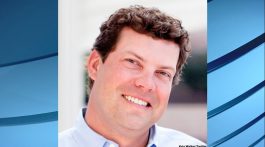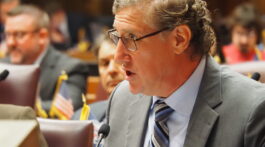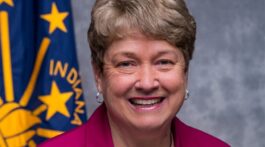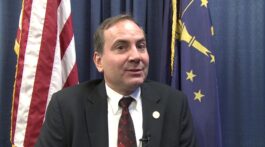As we barrel through the dog days of summer, Indiana’s towns are facing a complex mix of promise and pressure. Some communities are booming with new residents, rising home values, and economic growth, while others are grappling with population loss, stressed infrastructure, and budget tightening. In this week’s conversation, we sat down with local government advocate Matt Greller of Aim (Accelerate Indiana Municipalities) to unpack where things stand and what’s ahead for Hoosier towns.
Greller highlights how towns like Fishers, Carmel, and Leo-Cedarville have seen massive growth since 2010, with home values more than doubling in some places. This surge reflects Indiana’s appeal as a more affordable, family-friendly alternative to urban sprawl—especially for remote workers and climate migrants fleeing higher costs or natural disasters in other states.
But the gains are uneven. Many rural areas continue to lose residents and struggle to maintain essential services. Health care access, public broadcasting, and housing affordability are under serious strain. As Greller puts it, “We’ve got towns with momentum and others gasping for air.”
From a policy standpoint, the aftermath of the 2025 legislative session continues to ripple across the state. Municipal leaders are still digesting changes in funding formulas, infrastructure requirements, and development incentives. Local governments are also bracing for next session’s battles over education funding, zoning authority, and how to handle Indiana’s shifting population map.
In a nutshell, Indiana’s towns are trying to plan for growth while preserving their identities—and that means tough choices, innovative solutions, and coordinated advocacy. As Greller notes, “We’ve got to help communities get ahead of the curve, not get steamrolled by it.”
Catch our full interview on the latest episode of the Indy Politics podcast or stream it on SoundCloud above.










